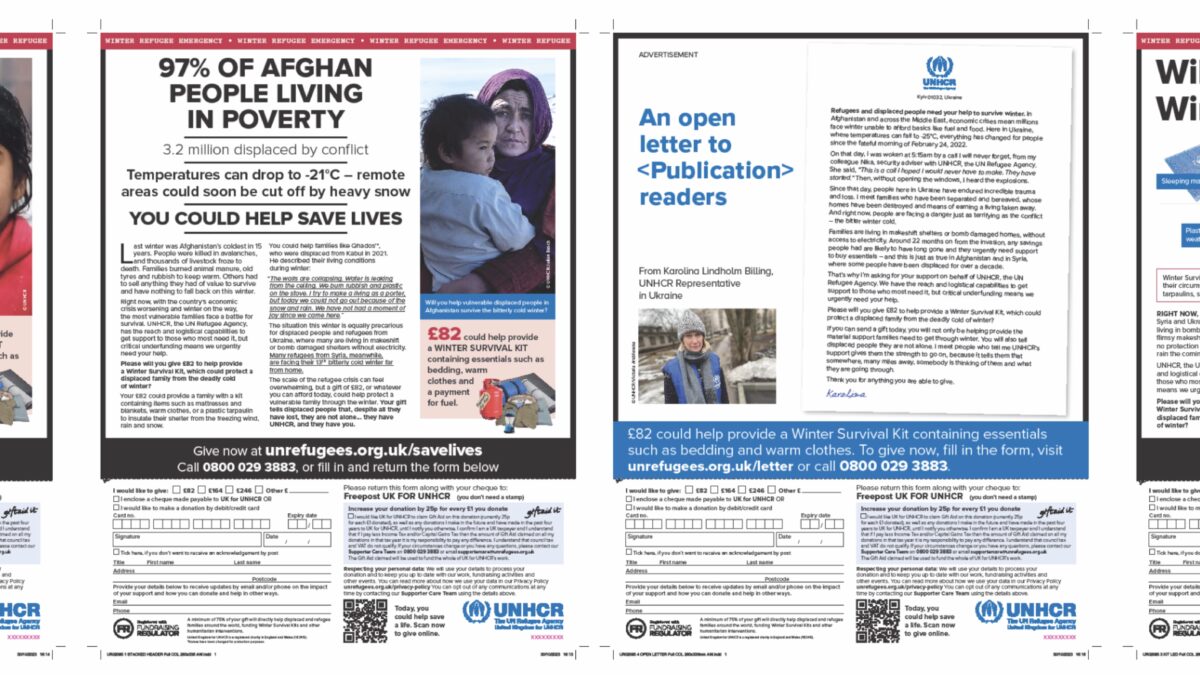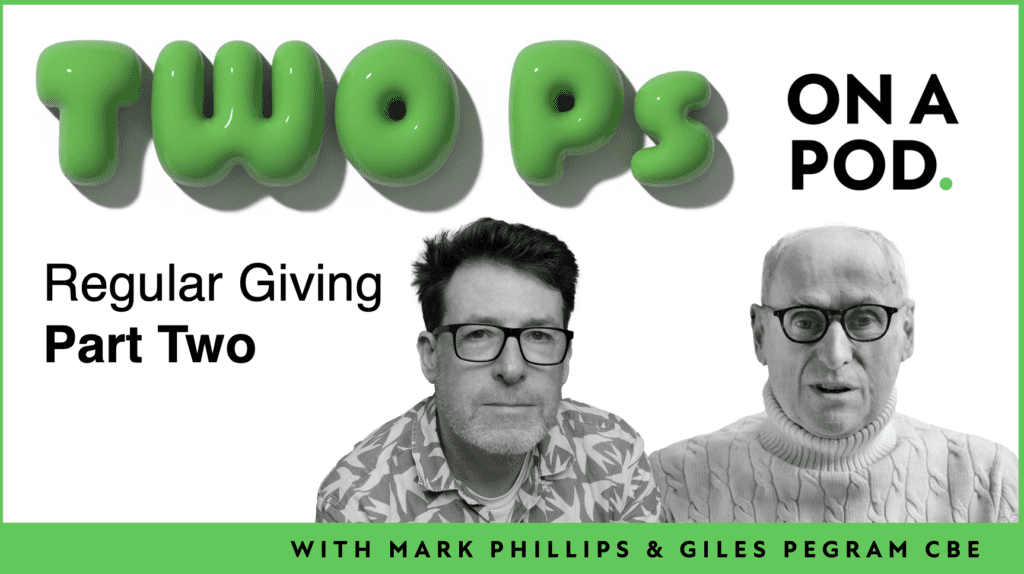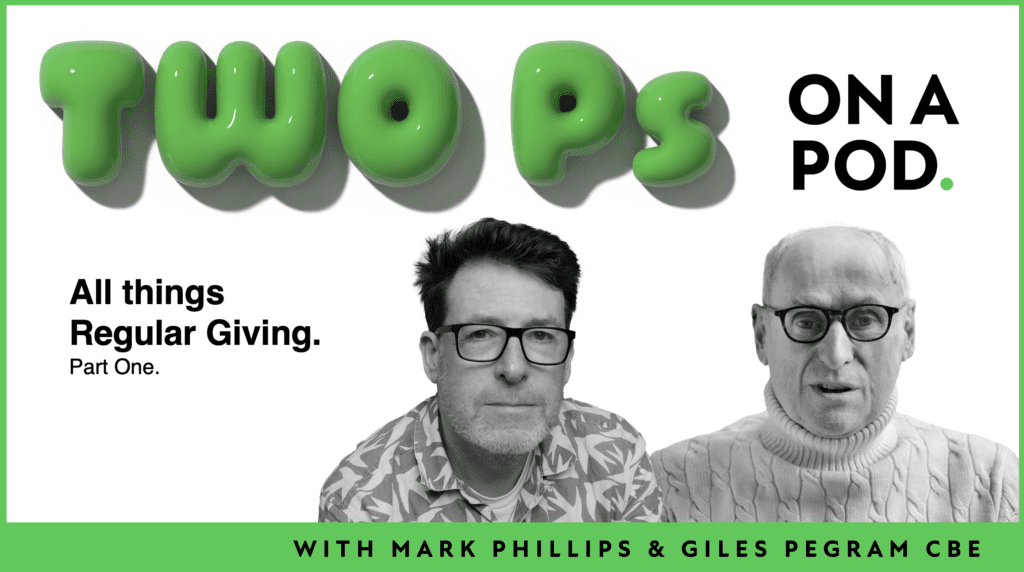OK fundraisers, which one of these ads generated the best response?
Which ad actually worked? Look at them first. Then read why the answer matters more than you think.
Before you read on, stop for a moment. Look through the four ads Bluefrog created for UK for UNHCR.

Which one do you think performed best?
Got your answer?
Now, read on.
It was number three.
The letter.
Yes, the plain letter.
No dramatic photo. No bold headline. No heavy branding.
Just a simple, personal message from a UNHCR representative working with refugees on the ground.
It quietly laid out the problem, told a story, and asked for help. That’s it.
Now compare that to the three ads it beat in testing.
They ticked all the right boxes:
- Striking photography
- Emotional quotes
- Clear visuals of what donations provide
- Strong, persuasive headlines
They were well-crafted. Thoughtful. Moving. I really like them.
But they didn’t win.
Why not?
Because we’re not in the advertising business.
We’re in the fundraising business.
And sometimes we forget that.
Advertising is designed to interrupt and sell.
Fundraising is designed to connect and invite. To offer people a reason to care, and a reason to act.
The letter didn’t try to sell.
It simply spoke. And that’s why it worked.
Now, let’s be clear.
It’s not always the case that a letter format will win. Sometimes, it won’t. Different factors all come into play. And we are always going to need to rotate creative executions and deliver a mix of approaches in a successful campaign.
But what this result does remind us of is something powerful:
The best fundraising speaks with honesty, humility, and purpose.
It’s not trying to win attention. It’s trying to earn trust.
So maybe it’s time we stop thinking of what we’re making as ‘ads’ and start thinking of them as fundraising appeals, delivered through a variety of formats.
Because whether it's a newspaper ad or an Instagram story, the rules of traditional advertising don’t necessarily apply.
But the rules of good fundraising still do. And here are some great ones that you might want to consider.
These aren’t mine. They have been crowdsourced over the years. They’re drawn from brilliant thinkers like Ken Burnett, Tom Ahern, Jeff Brooks, and George Smith – people who spent decades listening to donors and learning what really works.
Here’s what’s stood the test of time:
1. Lead with humanity, not hype.
A genuine voice telling a true story will always outperform a clever headline. Authenticity connects in ways attention-grabbing tricks can’t – just ask anyone who’s tested an Instagram ad with a familiar face speaking directly to the viewer.
2. Build a relationship – don’t just ask.
That’s what a letter does. It earns the gift by explaining the situation, sharing a human perspective, and showing respect for the donor. Not just making a demand.
3. Make the problem – and the solution – clear.
Show what’s wrong. Show how to help. But don’t overfill the mental space. Give the audience room to imagine, to feel involved. Be specific, but not theatrical.
4. The opposite of ‘yes’ isn’t ‘no’ - it’s indifference.
It’s harder to ignore a person than an organisation. Especially when that person is on the ground, doing the work that matters. That human voice is your most powerful tool.
5. Use formats your audience trusts.
Sometimes the most effective ad is a letter. Or something that feels like one. People respond best to what feels familiar, personal, and genuine.
6. Always include a coupon.
Yes, even now. Many older donors rely on them – and for everyone else, it signals something important: we’re asking for a response.
So what’s the lesson?
We don’t need to out-advertise anyone. Ads are everywhere - shouting for attention, trying to be clever, desperate to stand out.
Fundraising doesn’t need to do that.
What it needs is to be honest and packed full of humanity.
And maybe that’s why concepts created by ad agencies often miss the mark. Ad agencies by definition are built to produce ads – polished, punchy, brand-driven work.
But we’re not making ads. We’re crafting emotionally intelligent, carefully considered requests for help.
As the great George Smith once put it:
“Fundraising is not a branch of advertising. It is not about being clever. It is about being clear, honest, urgent, and humble.”
He was right then.
He’s still right now.
So next time you're developing a fundraising ad – pause, just for a moment, and ask:
Would this work better as a letter?
Choose how you'd like to receive fundraising insights and ideas below...
Tags In
The Essentials
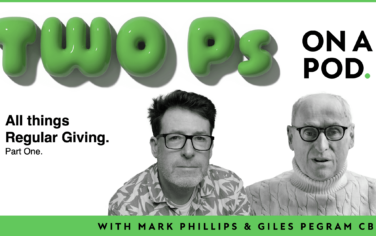
Crack the Code to Regular Giving: Insights, Strategies, and a Special Giveaway!
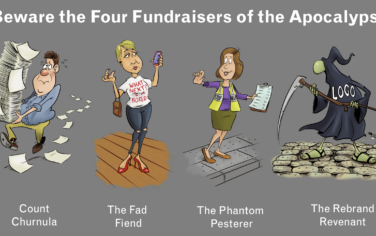
‘Tis Halloween. Keep to the light and beware the Four Fundraisers of the Apocalypse!
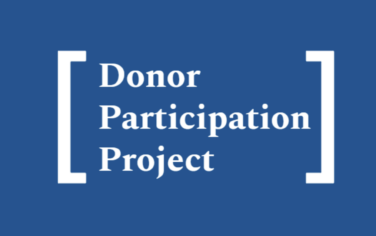
Why do people give? The Donor Participation Project with Louis Diez.

A guide to fundraising on the back of a postcard
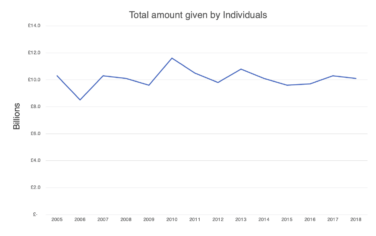
What does the latest research tell us about the state of fundraising?


